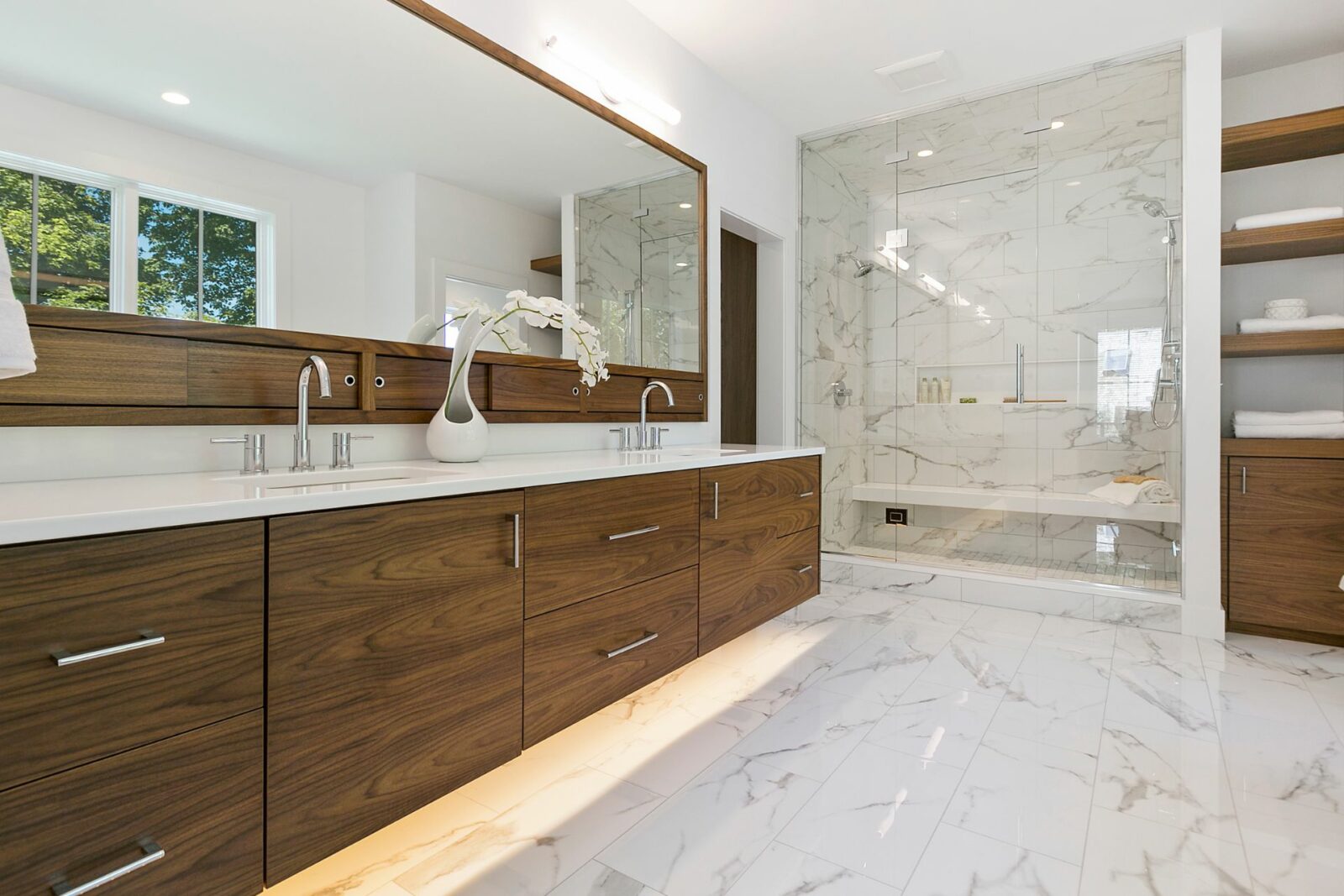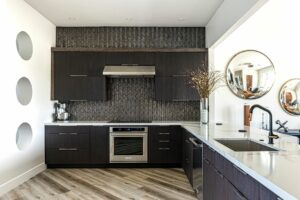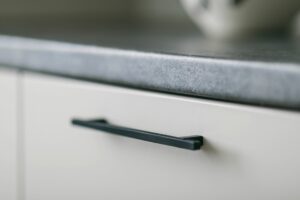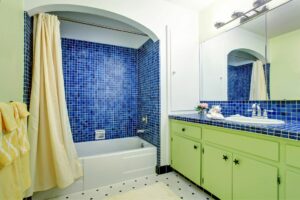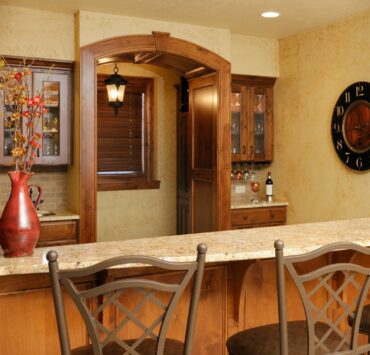Mid-century modern style, originating from the 1940s to the 1960s, holds a special place in the design world. As a stylish contrast to traditional, heavy-set furniture, mid-century modern cabinets make for an appealing, fashionable addition to any space, be it your kitchen, living room, or bedroom. If you are considering purchasing and installing one, here’s everything you need to know.
What is a Mid Century Modern Cabinet?
Mid-century modern cabinets embody a unique blend of traditional craftsmanship and futuristic vision. Notable for their clean lines, minimal ornamentation, and emphasis on function, these pieces typically feature a combination of natural and synthetic materials. Their designs exude a timeless appeal that continues to resonate with contemporary aesthetics, making them a popular choice among design enthusiasts.
Why Choose a Mid Century Modern Cabinet?
- Timeless Design: Mid-century modern style transcends fleeting design trends. Its characteristic simplicity, smooth curves, and clean lines result in versatile pieces that easily fit into various décor styles.
- Quality Craftsmanship: With a focus on craftsmanship, mid-century modern cabinets boast high-quality construction, ensuring longevity.
- Functionality: Mid-century designers valued function as much as form. Consequently, these cabinets offer ample storage space without sacrificing aesthetic appeal.
Choosing the Right Mid Century Modern Cabinet
When selecting a mid-century modern cabinet, consider the following factors:
Style and Material
Mid-century modern cabinets come in a variety of styles, with materials ranging from rich teak and walnut to glass and metal. Opt for a cabinet that complements your existing décor while maintaining the mid-century modern ethos.
Size and Placement
The cabinet’s size should be proportionate to the room’s dimensions and your storage needs. Additionally, consider where the cabinet will be placed—be it as a focal point or a subtle addition to the room.
Original vs. Reproduction
Original mid-century modern cabinets, often collectible items, come with historical and aesthetic value. However, they might be more expensive and less adaptable to current needs. Reproductions, on the other hand, blend mid-century design with modern practicality at a lower price.
Installation of Your Mid Century Modern Cabinet
Installing a mid-century modern cabinet can be a DIY project or a task for professionals, depending on the complexity of the installation. Here are some general steps:
- Measurement: Measure the space where you intend to install the cabinet. Don’t forget to consider the cabinet’s height, width, and depth to ensure it fits perfectly.
- Placement: Determine whether the cabinet will be freestanding or built-in. Freestanding cabinets are easier to install, while built-in cabinets may require professional installation.
- Installation: For freestanding cabinets, it’s a matter of positioning the cabinet in your chosen location. For wall-mounted cabinets, ensure that the wall can support the cabinet’s weight. Secure the cabinet using appropriate fasteners, following the manufacturer’s instructions.
- Adjustment: Once installed, check the cabinet doors and drawers to make sure they open and close smoothly. Make any necessary adjustments.
- Maintenance: Regularly clean the cabinet and check for any signs of wear and tear. Proper maintenance can significantly extend the cabinet’s lifespan.
Whether you’re a vintage aficionado or a design minimalist, mid-century modern cabinets can bring a unique blend of style, function, and history into your space. With this comprehensive guide, we hope you feel confident in choosing, installing, and maintaining a mid-century modern cabinet that perfectly suits your needs and aesthetic preferences.
Remember, each piece of furniture tells a story, and in the case of a mid-century modern cabinet, it’s a story that bridges the past and the present, creating a timeless appeal that is sure to enrich your space.
